| Designation: | EFV |
 |
|---|---|---|
| Manufacturer: | General Dynamics Land Systems - GDLS | |
| Product type: | Armoured Vehicles | |
| Name: | Tracked armoured personnel carrier |
The Expeditionary Fighting Vehicle (EFV) is the newest USMC amphibious vehicle, intended for deployment in 2015. It was renamed from the Advanced Amphibious Assault Vehicle in late 2003. The USMC has reduced the number to be purchased from 1,013 to 573 AAAV's by 2015 due to escalation in unit cost.
The vehicle is an amphibious armored personnel carrier; launched at sea, from an amphibious assault ship beyond the horizon, able to transport a full Marine rifle squad to shore. It will maneuver cross country with an agility and mobility equal to or greater than the M1 Abrams.
The EFV is designed to replace the aging AAV, and is the Marine Corps' number one priority ground weapon system acquisition. It has three times the speed in water and about twice the armor of the AAV, and superior firepower as well.
In the 1980s the Marine corps developed an "over the horizon" strategy for ocean based assaults. The intention was to protect naval ships from enemy mines and shore defenses. It included the MV-22 Osprey, the Landing Craft Air Cushioned (LCAC), and the EFV.
Development for the AAAV began on the late 1970’s with prototypes in the early 1980’s at the command at Camp Pendleton. The predecessor to the AAAV the LVTP7 life expectancy was extended in 1983/1984 by use of the SLEP (Service Life Extension Program) which modified and upgraded many of the key systems creating the LVTP7A1 then designated the AAVP7A1. At the time these vehicles were released the USMC had anticipated and communicated delivery of the AAAV by the mid 1990’s (1993). Because of delays the AAVP7A1 has received another SLEP type upgrade in the mid 1990’s while the USMC still awaits final development and delivery of the AAAV now over 14 years behind original projected time frames.
The General Dynamics Land Systems EFV is an amphibious armored tracked vehicle with an aluminum hull. The engine is a custom MTU Friedrichshafen diesel (MT883) with two modes of operation; a high power mode for planing over the sea, and a low power mode for land travel.
The hull has a hydraulically actuated bow flap to aid planing. Shrouded Honeywell waterjet propulsors are integrated into each side of the hull and hydraulically actuated chines cover the tracks while in seafaring mode.
The aluminum hull has caused some controversy due to protection and flammability concerns. However, aluminum hulls have been used for decades in military ground vehicles and boats. The rear loading ramp is not able to open while the vehicle is afloat. This is also typical of other swimming military ground vehicles. For example, the M113 is another armored military ground vehicle the US currently is using that swims. It also has an aluminum hull, and its rear ramp cannot open while the vehicle is afloat.
It has a crew of three and can transport 17 Marines and their equipment.
There is a Command Platform version with secure command and control electronics (and seven work stations), but lacking the 30 mm cannon.
It is fitted with composite armor, mine-blast protection, and a nuclear, biological and chemical defense system (NBC). The standard version also has a Bushmaster II 30 mm cannon, which fires up to 250 rounds per minute with single, burst and full auto capabilities up to 2,000 meters in all weather conditions.
- 7.62 mm Machine Gun (1, coaxial)
- Smoke / Gas Dispensers (32)
- Rear Troop Hatch
- Top Troop Hatches (2)
- Reinforced Crew Compartment
In February 2007 the Washington Post reported the USMC was not satisfied with the reliability of the prototypes and was not going to initiate production as planned. Instead the corps has asked for seven new prototypes, to address the current deficiencies which have caused an average of one failure for every four and a half hours of operation.
In June 2007 members of the House Armed Services Subcommittee on Seapower and Expeditionary Forces sent a letter to the Marine Corps Commandant urging that the EFV be redesigned to give troops better protection against roadside bombs.
|
|||||||||||||||||||||||||||||||||||
All contracts...
 |
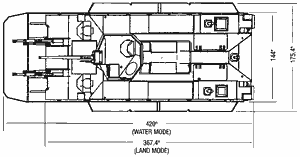 |
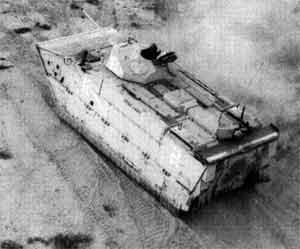 |
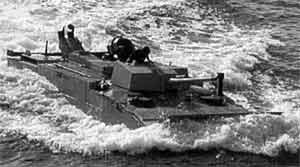 |
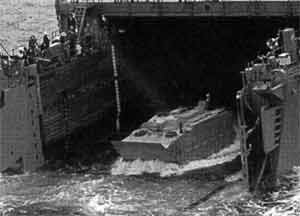 |
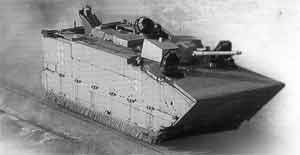 |
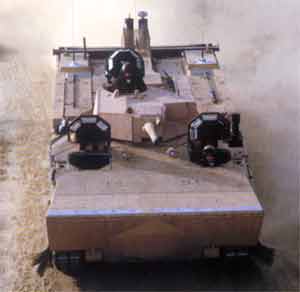 |
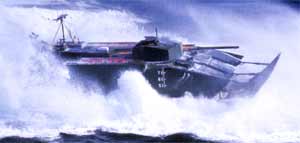 |
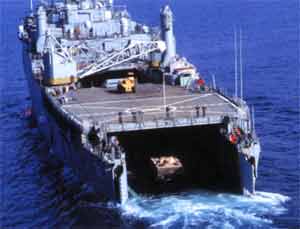 |
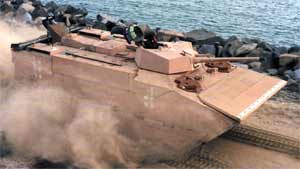 |
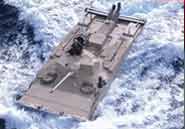 |
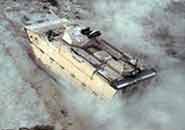 |
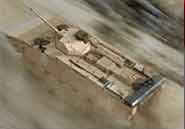 |
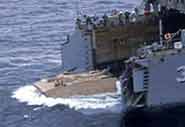 |
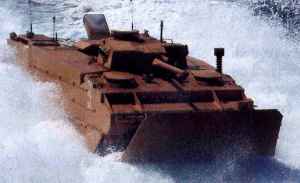 |
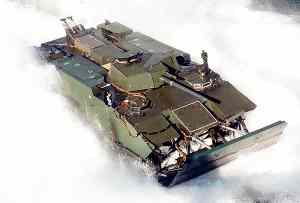 |
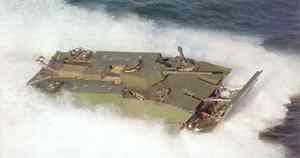 |
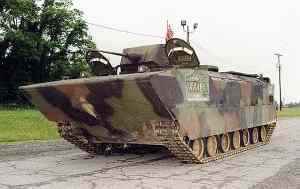 |
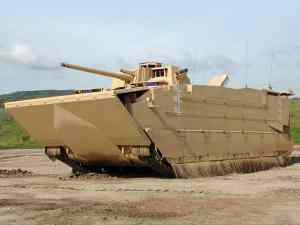 |
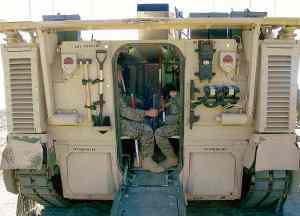 |
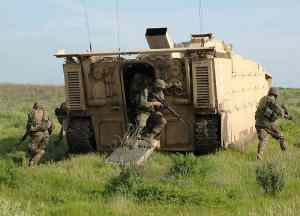 |
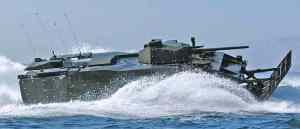 |
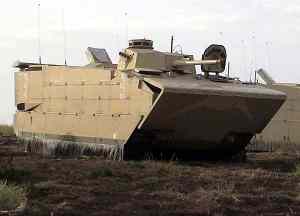 |
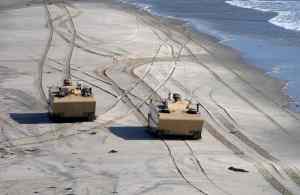 |
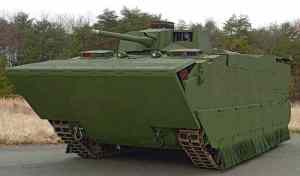 |
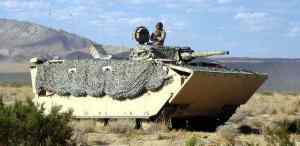 |
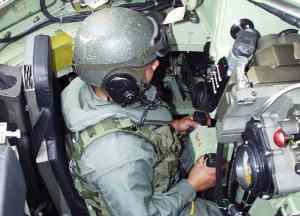 |
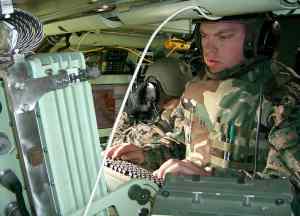 |
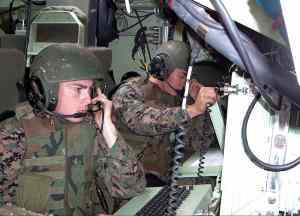 |
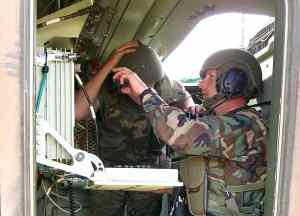 |
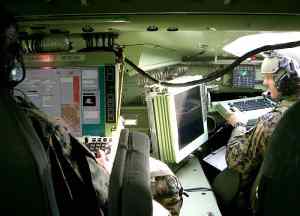 |
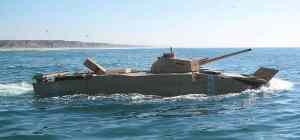 |
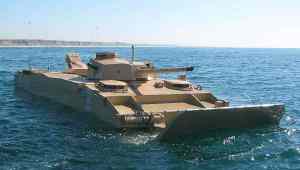 |
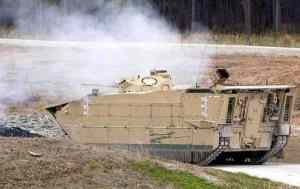 |
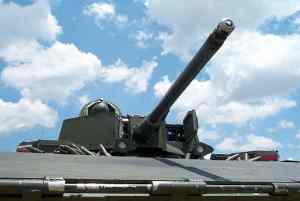 |

